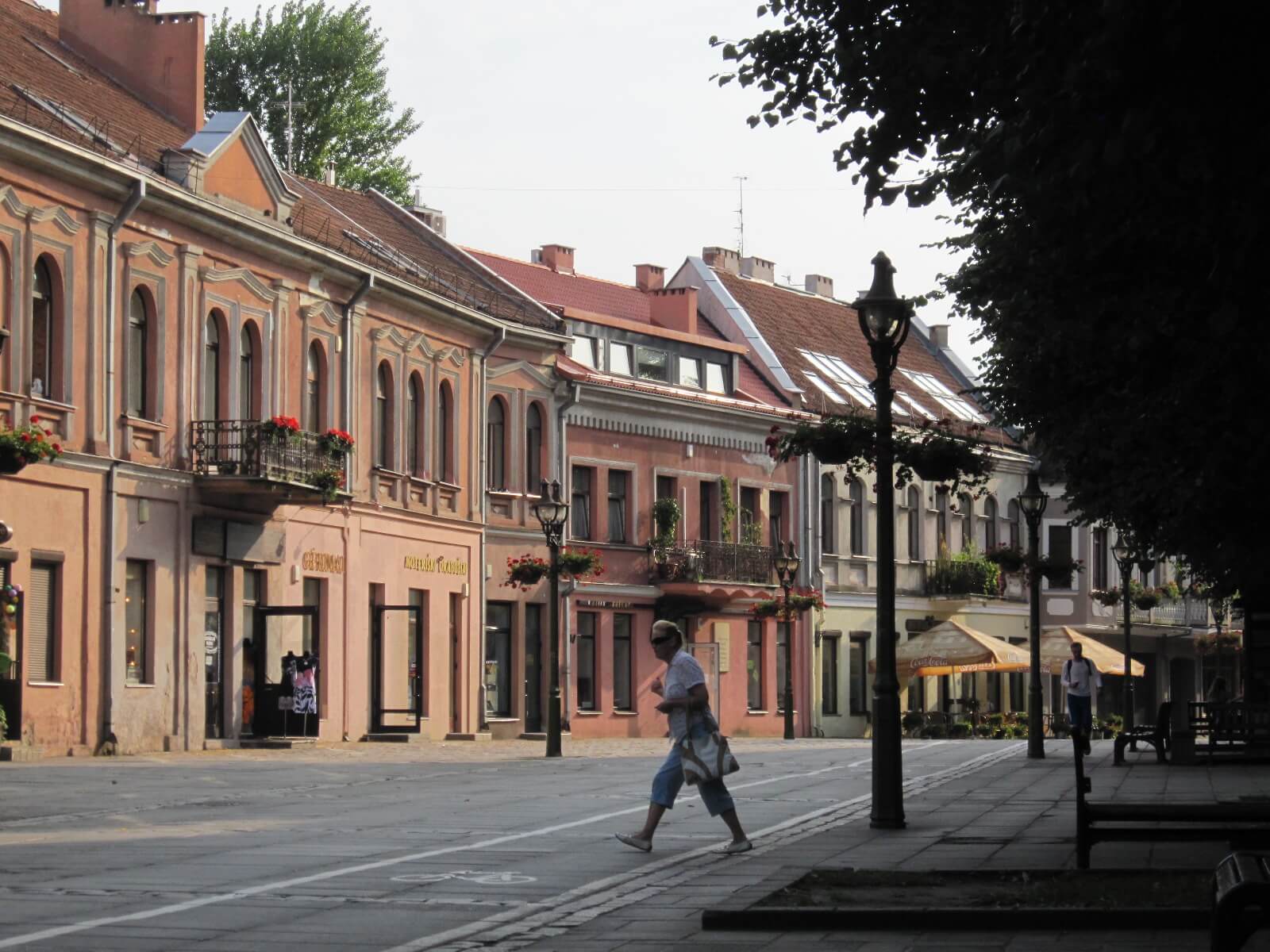"A place worth visiting" is how Lithuania's Tourism Board describe this small but varied country.
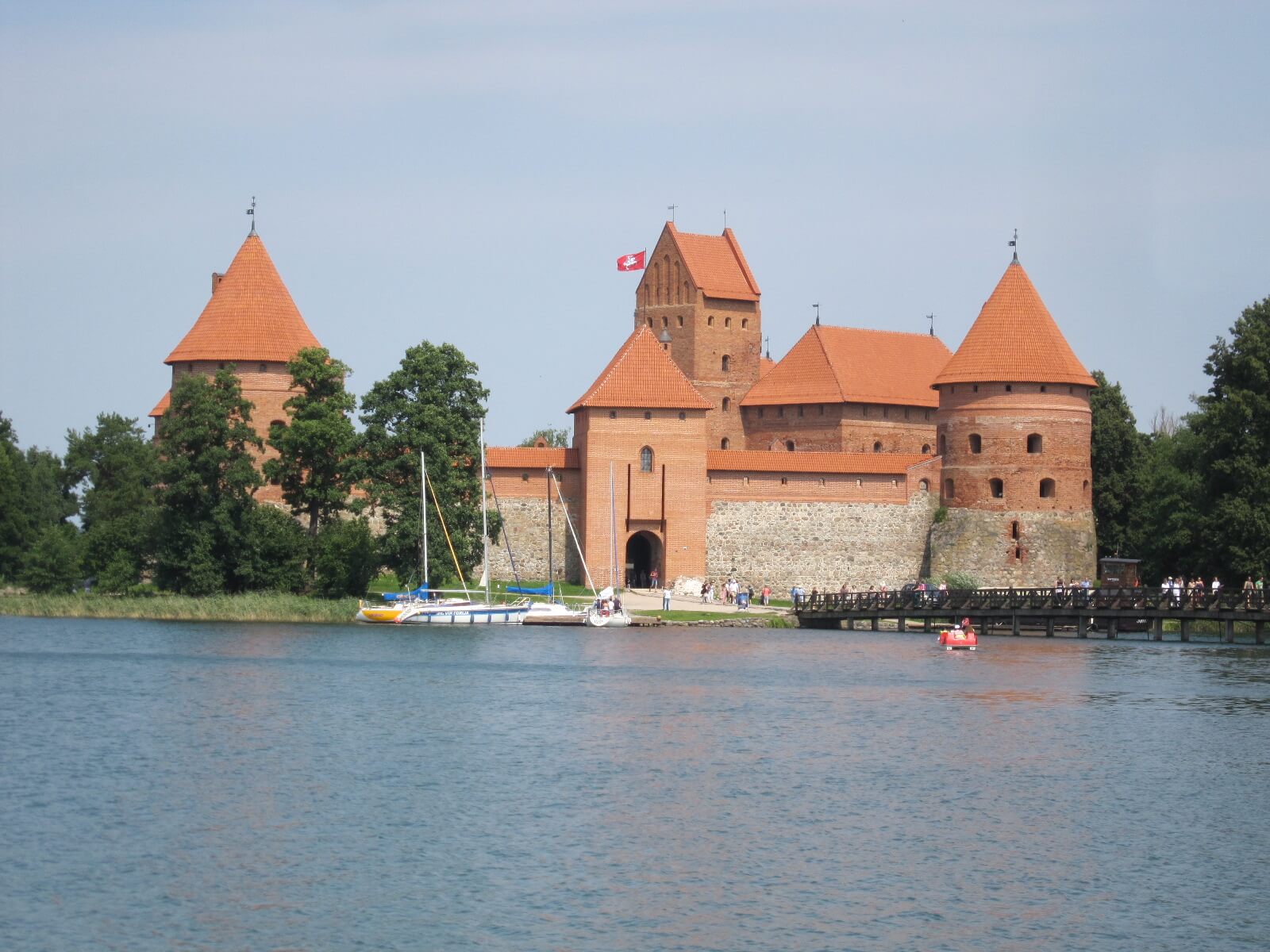

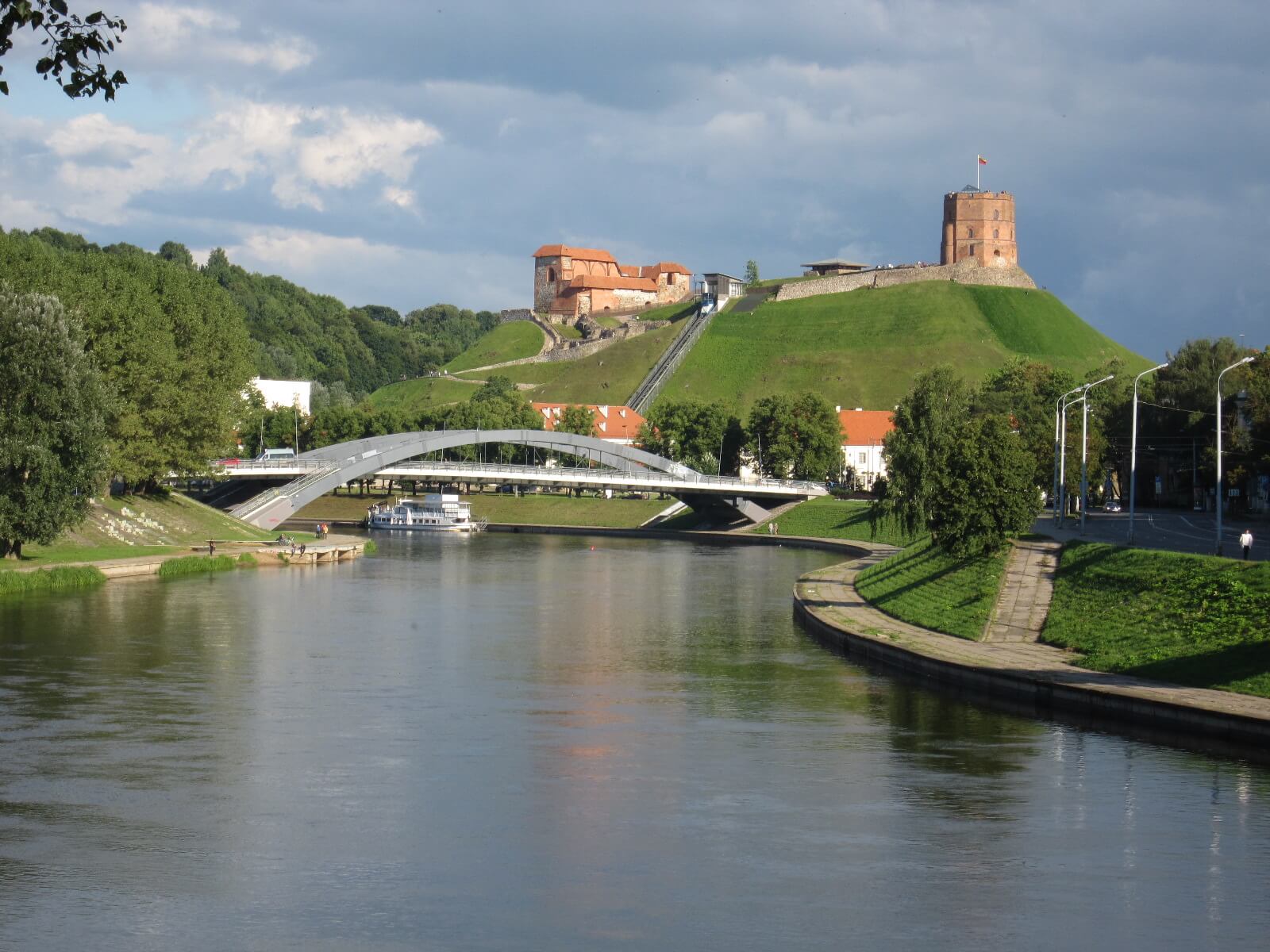
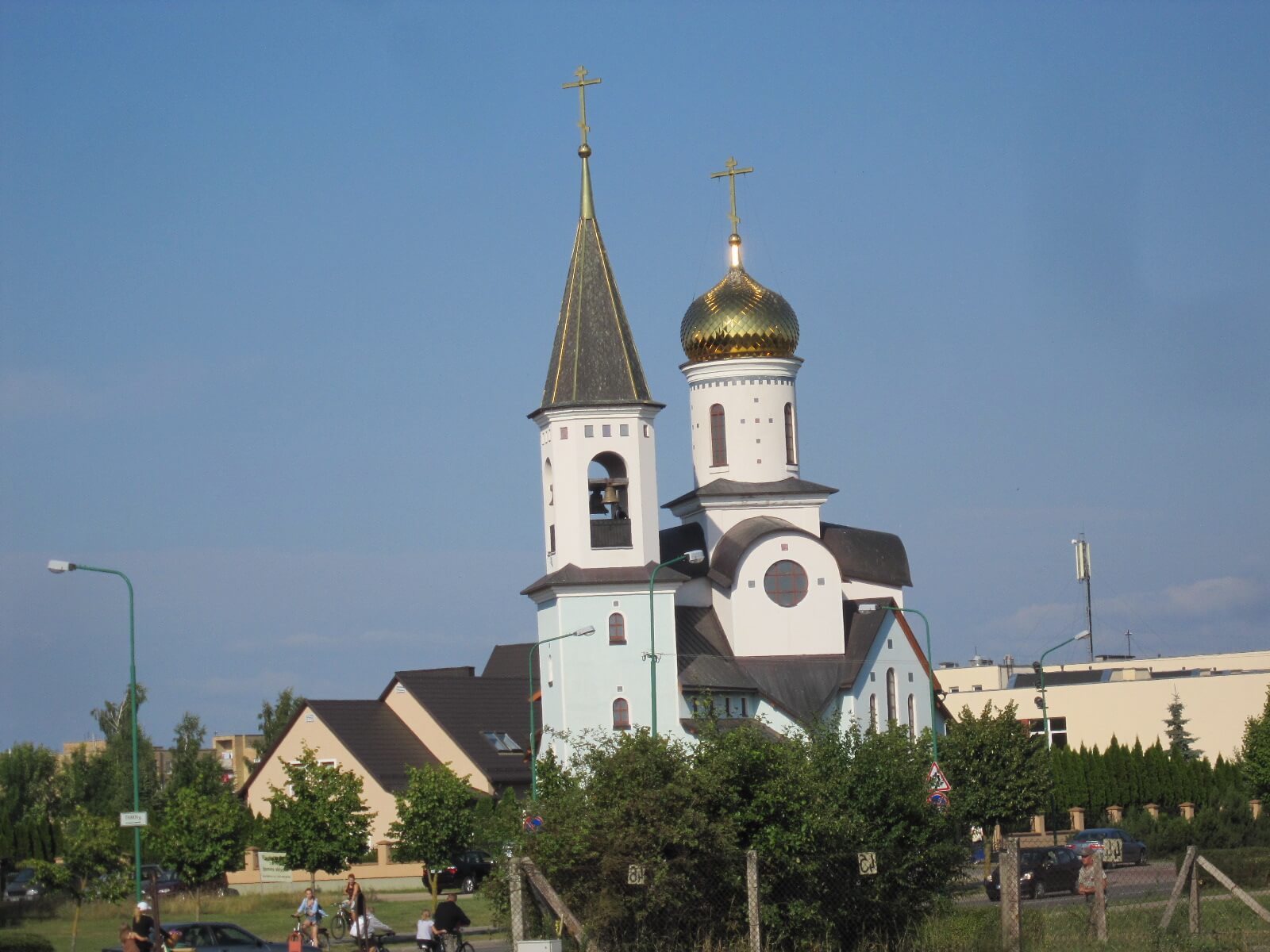
Lithuania is the largest of the three Baltic States, however it is often overlooked as a place to visit. This overview outlines the many interesting regions to visit in Lithuania.
Lithuania is located in Northern Europe on the edges of the Baltic Sea, nestled between Latvia, Poland, a detached Russia Oblast (Kaliningrad) and Belarus.
Lithuania has six main regions:
Vilnius (capital city)
Few people can locate Vilnius on a map, likewise it is not well known as the small capital of Lithuania. The city certainly has much to offer. A medieval Old Town, riverside walkways and panoramic views from the city's five hills. In addition, there also is a wide selection of interesting sights and museums. History and tradition sit alongside cutting-edge art and culture.
Have a look at our travel destination guide which provides more information about things to see and do in Vilnius.
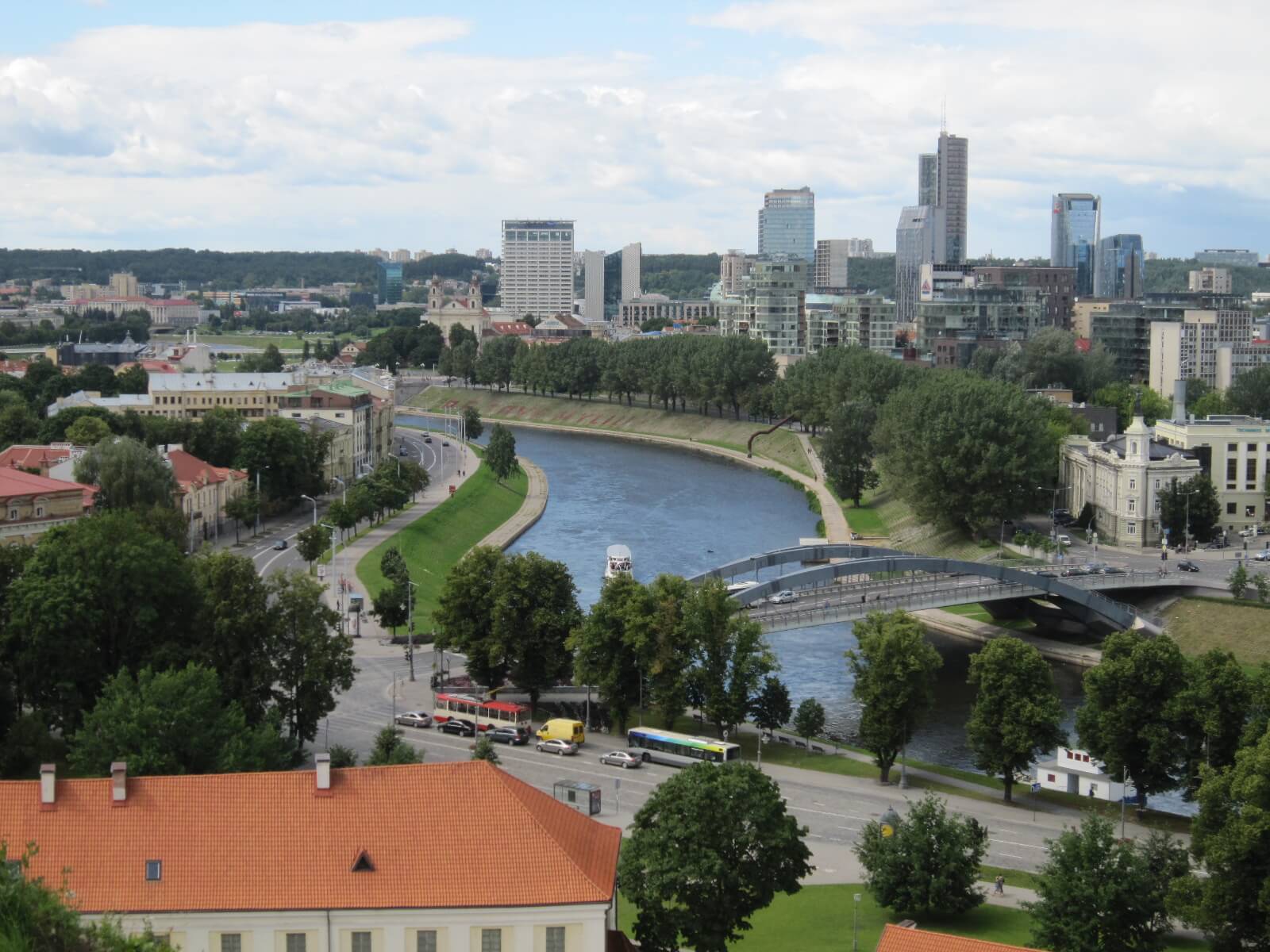
South Eastern Lithuania (Dzūkija)
In contrast to Vilnius, and its surrounding areas, the rest of this region shows a more traditional side of Lithuania. The South Eastern region has areas of unspoilt wilderness, resulting in some spectacular scenery. This region boasts an abundance of forests, lakes and wetlands. Including one of the largest marshlands in Western Europe at Čepkeliai Nature Reserve.
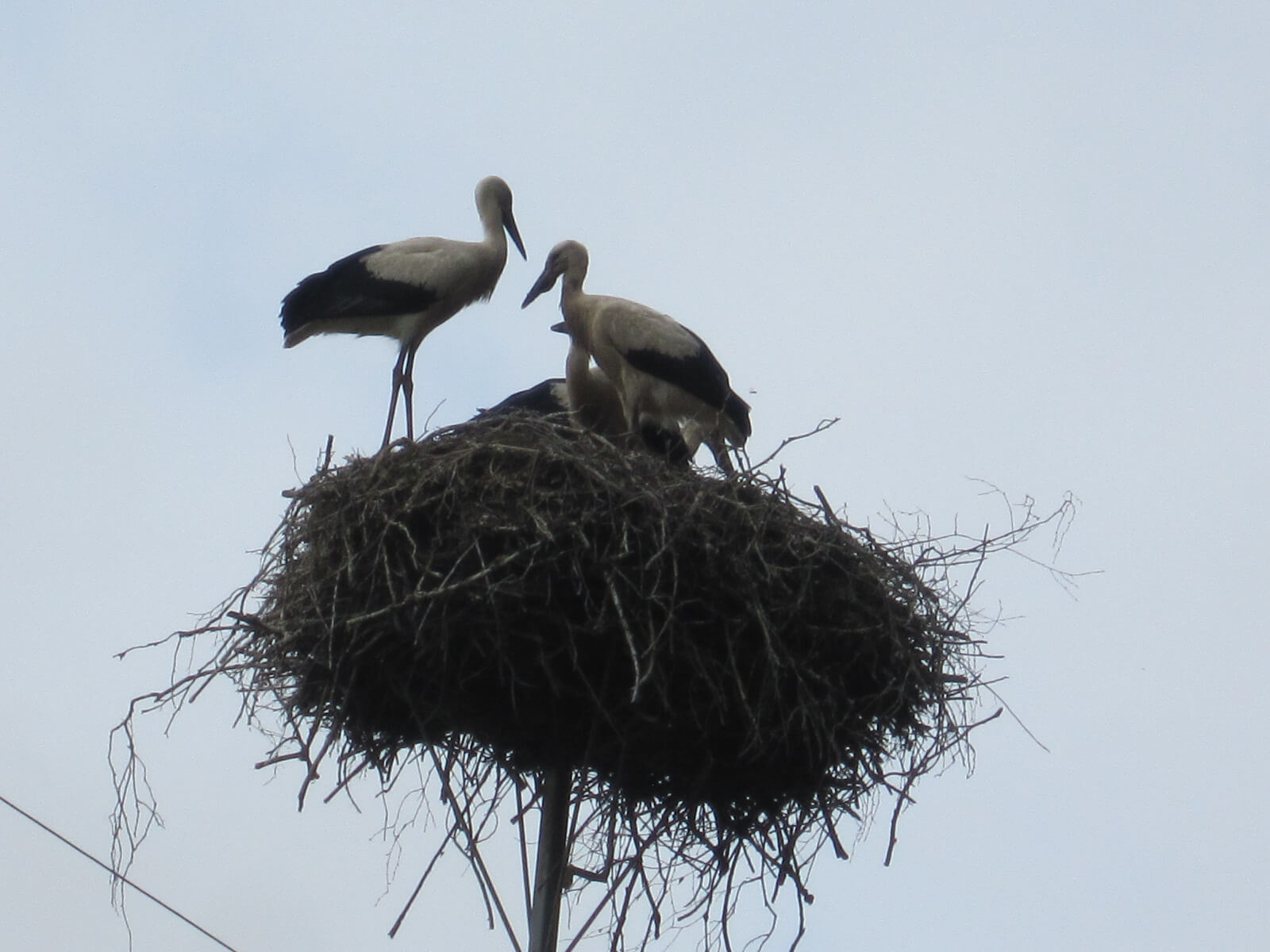
Highlands (Aukštaitija)
The Highland region provides you with the opportunity to explore some of the great outdoors. In addition to forest walks and hikes up to the many hill forts, you can swim in Lithuania's deepest lake. On the other hand, for a slower pace try travelling on the narrow-gauge railway at the town of Aukštaitija. Alternatively, spend time at one of the region's many interesting museums. For instance, the open-air Museum of Ancient Beekeeping in Aukštaitija National Park or star-gaze at Molétai Astronomical Observatory.
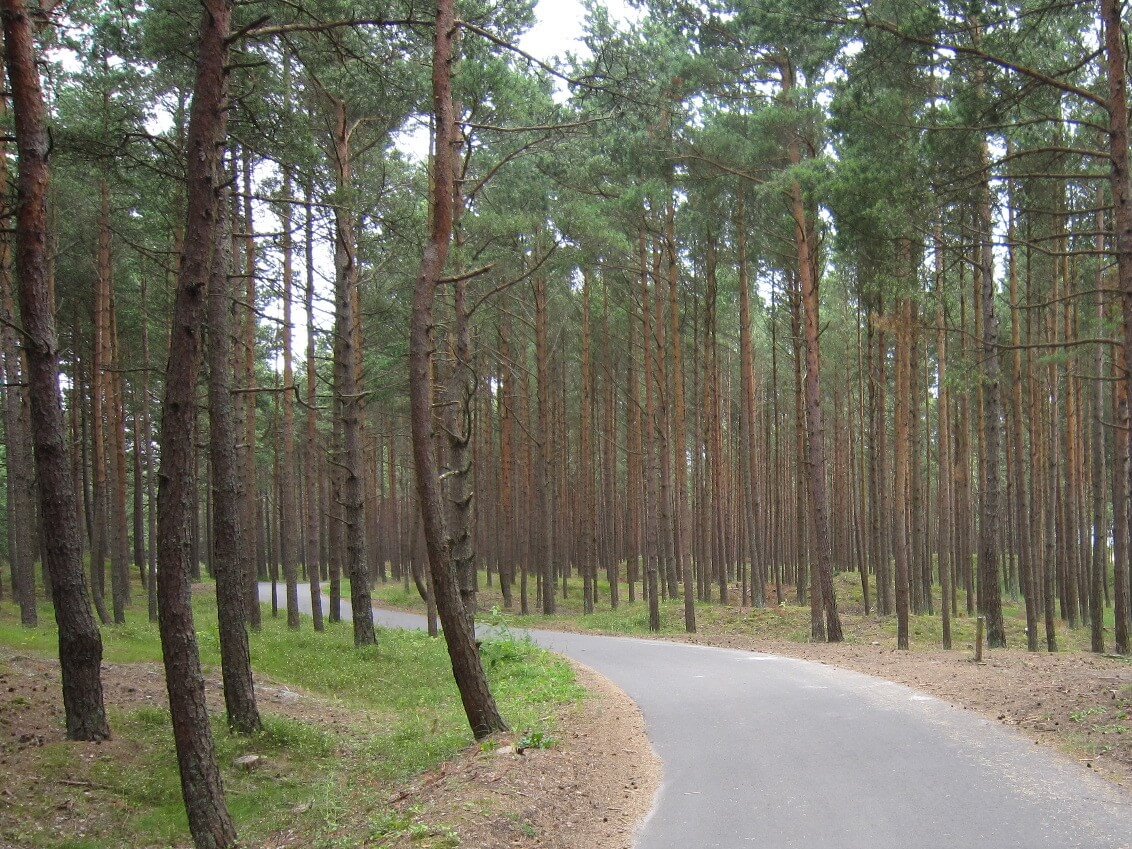
Coastline - Lithuania Minor (Mažoji Lietuva)
Visit the country’s unique Baltic Sea coastline and the Curonian Lagoon with its pristine sand dunes and rare pine groves. This region sits along the main bird migration route and consequently is a haven for bird-watching. The Curonian Spit is a thin 60 mile (100km) curved sand spit accessed by ferry from the region’s main city Klapeida in the north. A single highway (and international cycling path) runs the length of the sand bar from Nida in the north to the Kaliningrad border (most importantly: check border regulations if planning to cross into this Russian province).
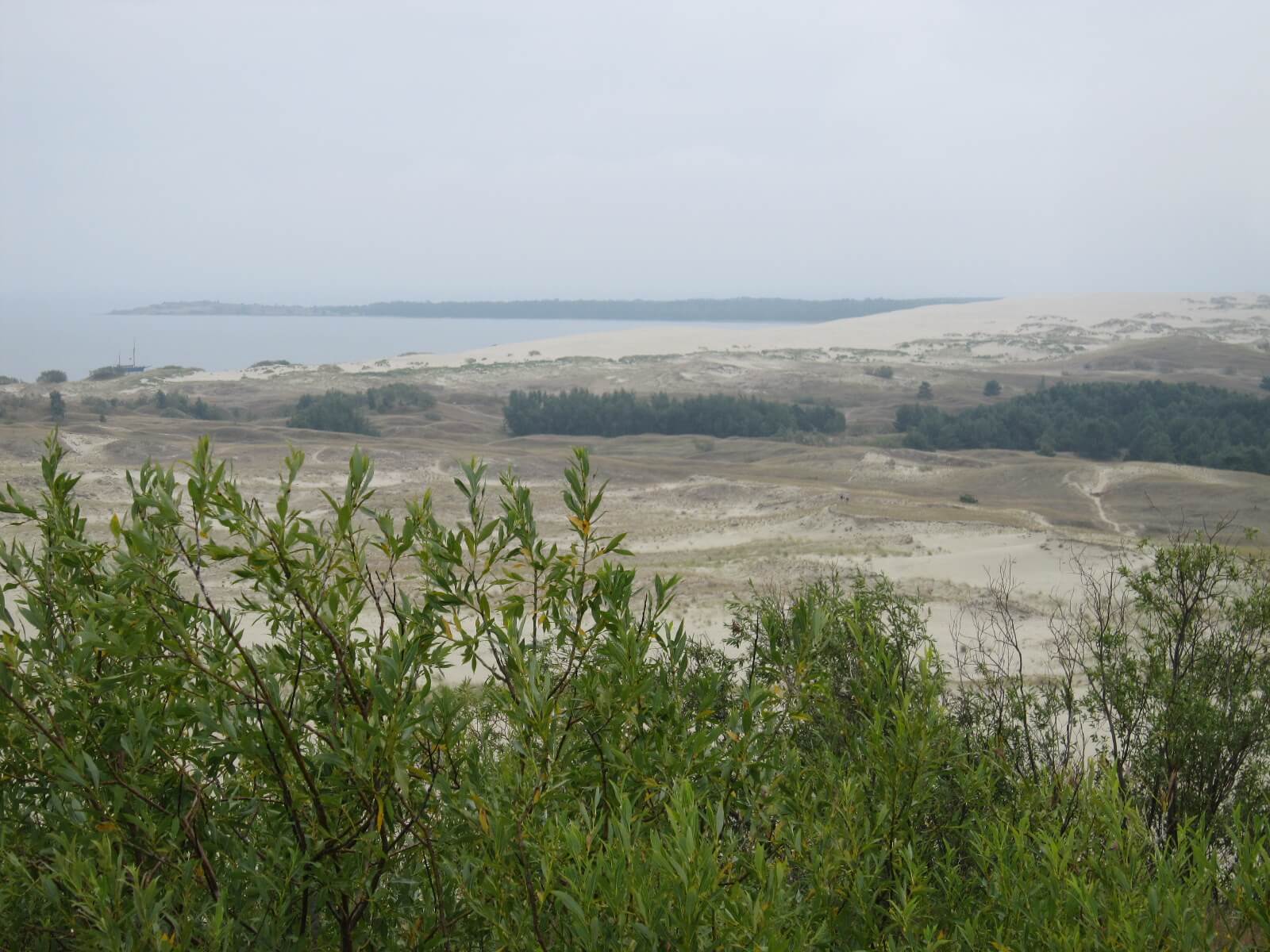
Northern Coastline (Samogitia)
Samogitia region in the north is a separate republic and therefore has many of its own cultures and traditions. If you climb to the top of the high cliffs of Olando Kepurė (“Dutch Cap”) there are great views across the Seaside Regional Park. In contrast you can experience a piece of 20th Century history at the Cold War Museum near the town of Plungė and make sure to find time to stop by to see the amazing site of the Hill of Crosses.
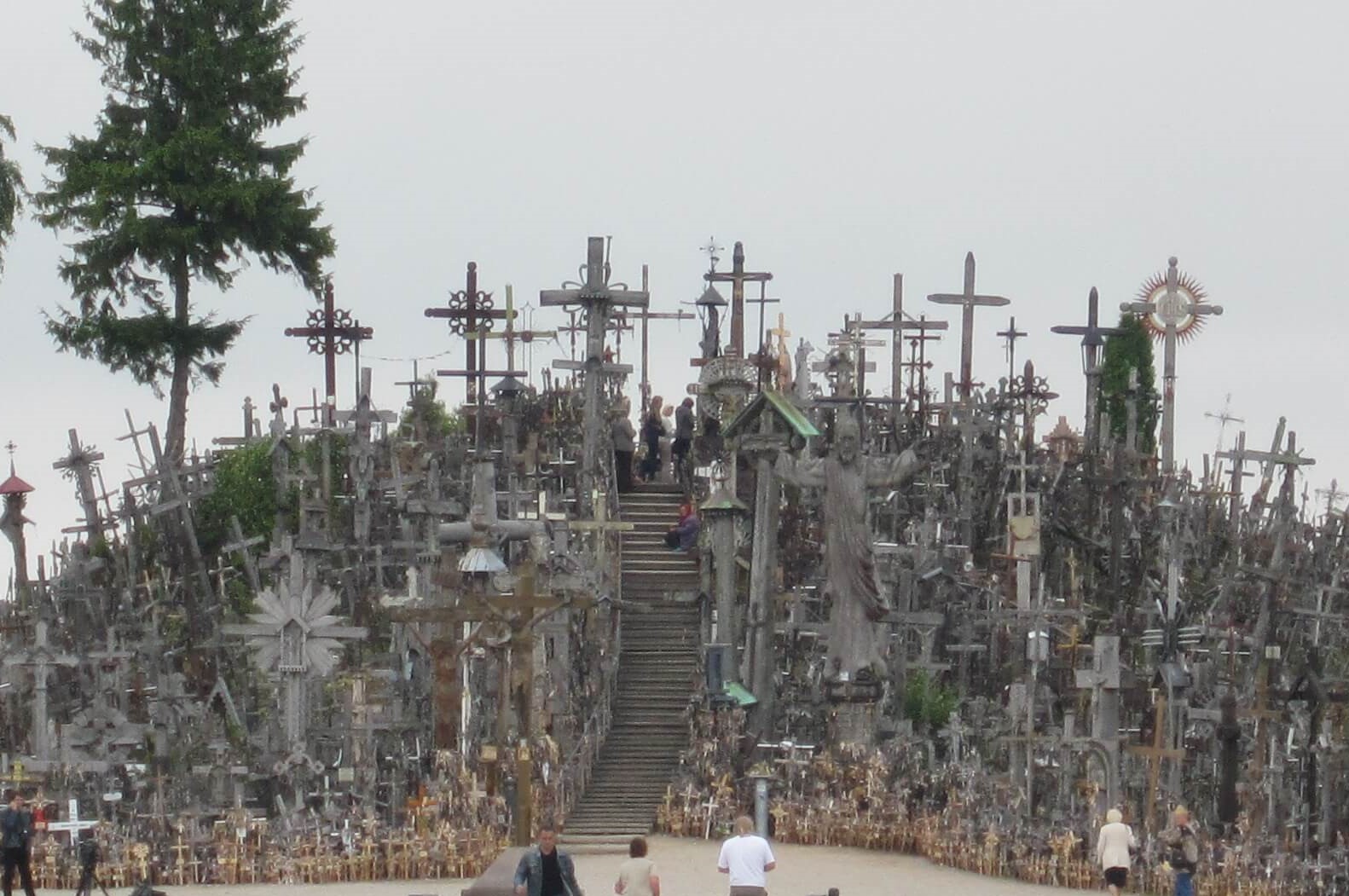
Sudovia (Suvalkija)
A region full of history and culture and includes Lithuania’s second city, Kaunas. Many manors and grand houses can be visited in this region. As a result there is plenty of architecture, history and art to see, alongside many cultural events.
